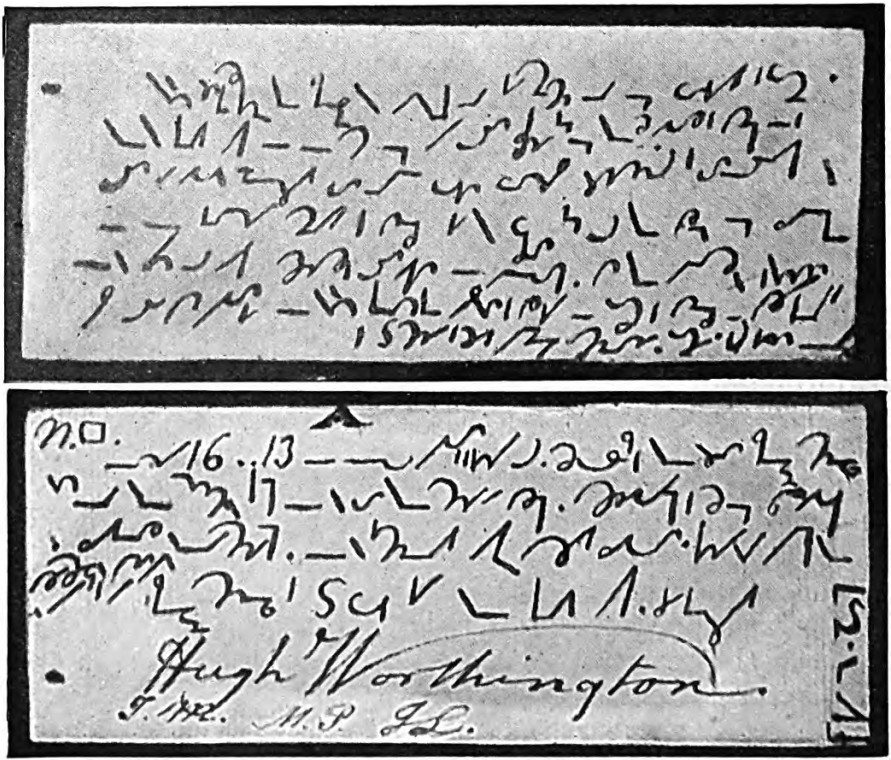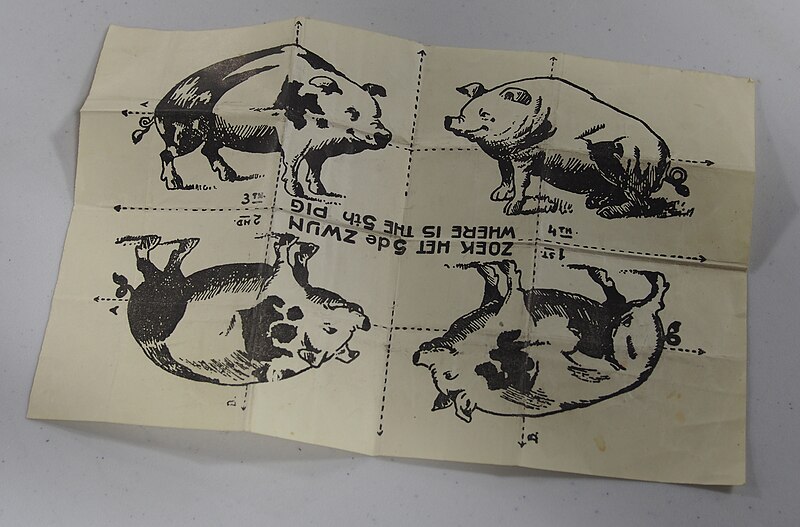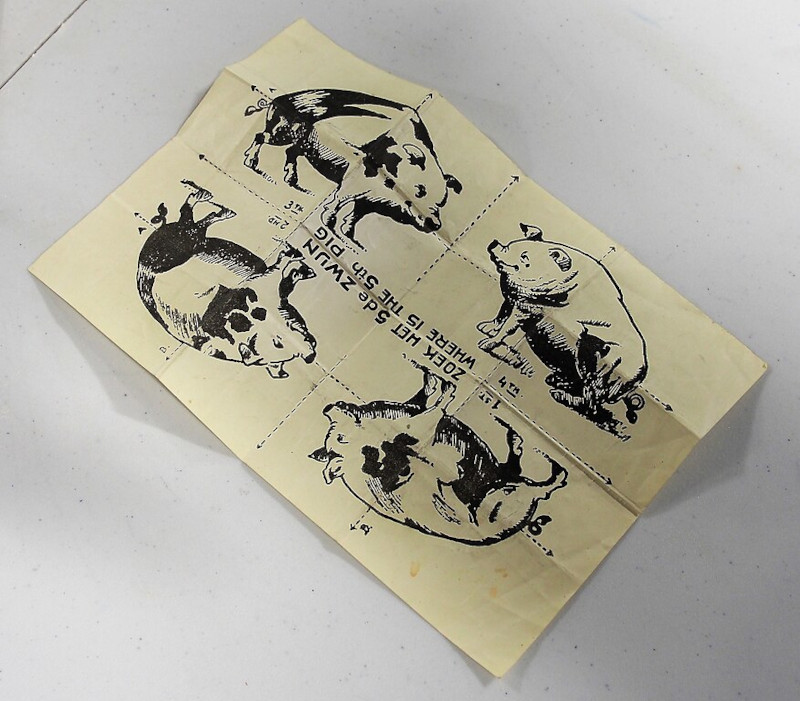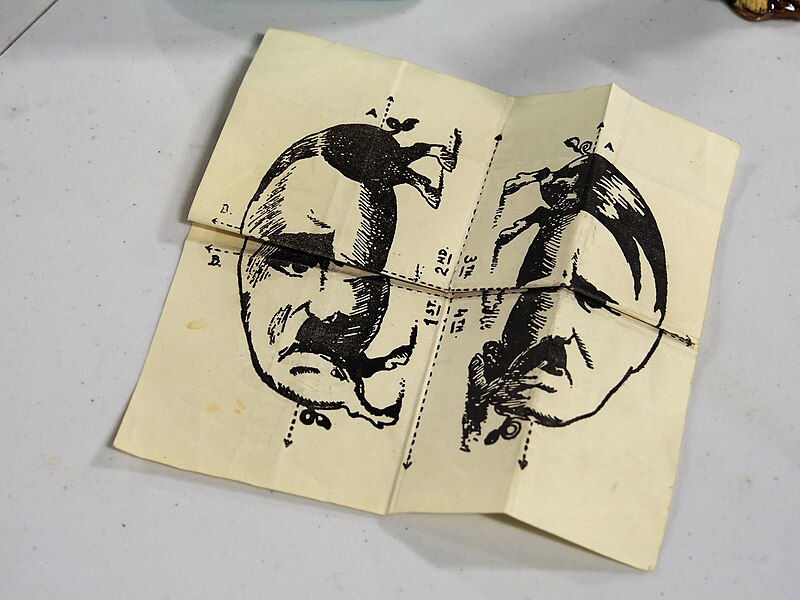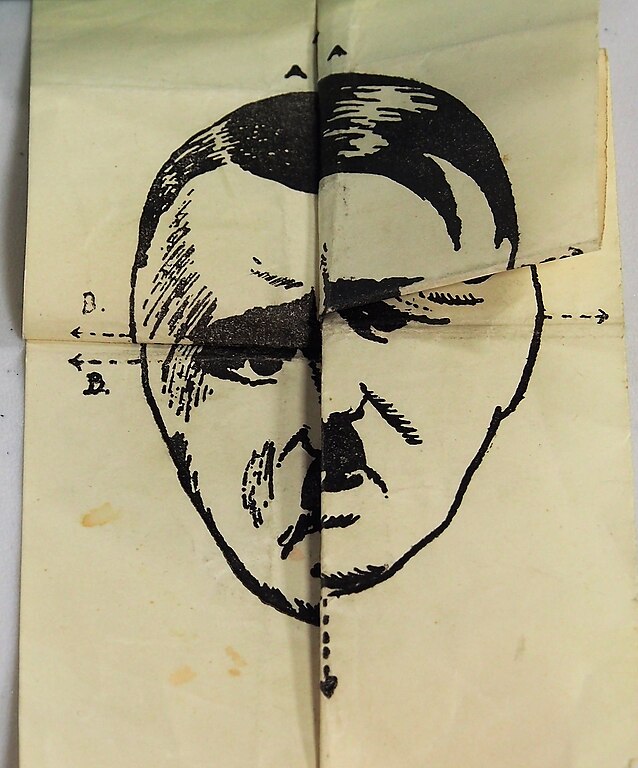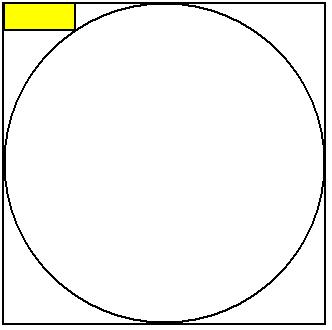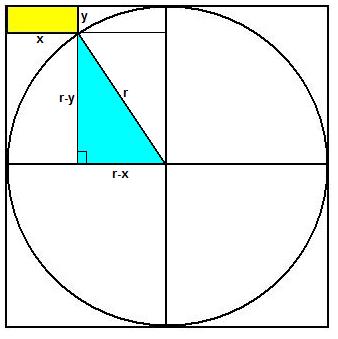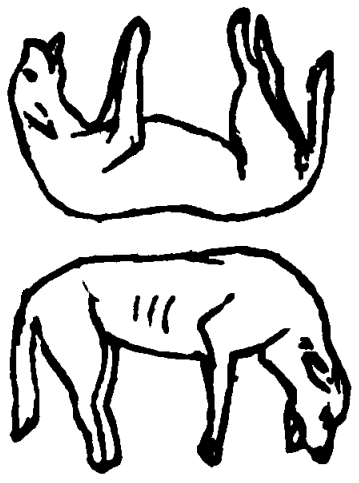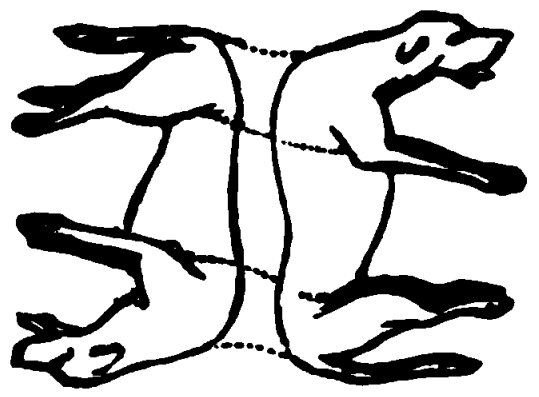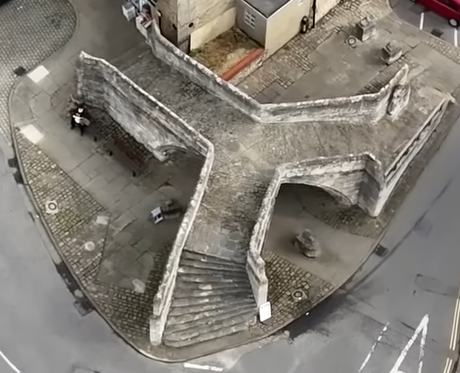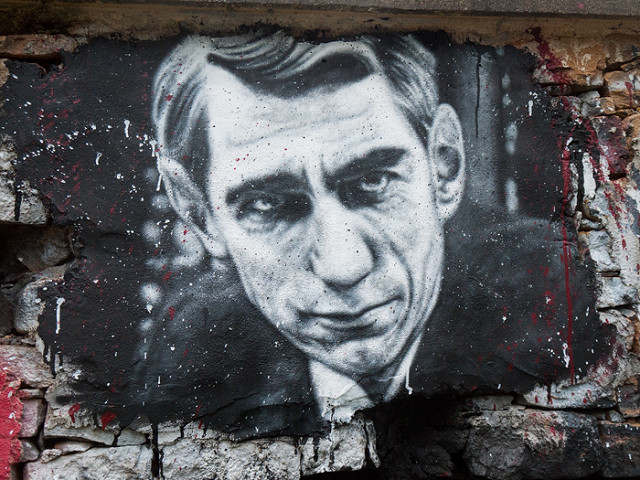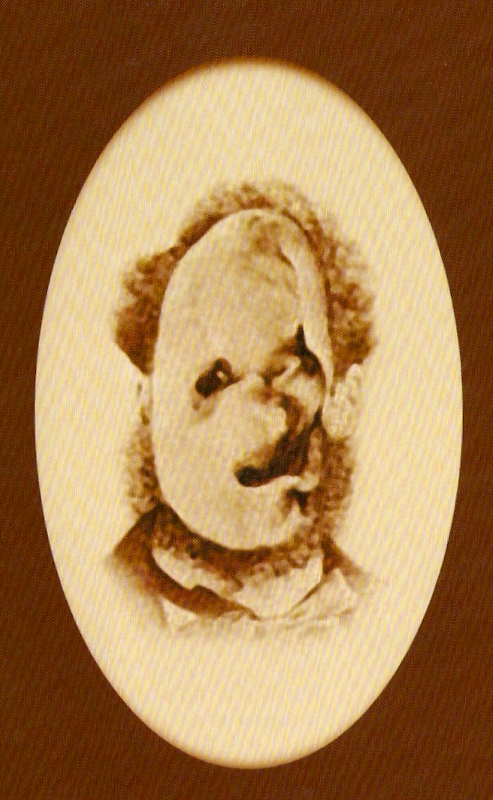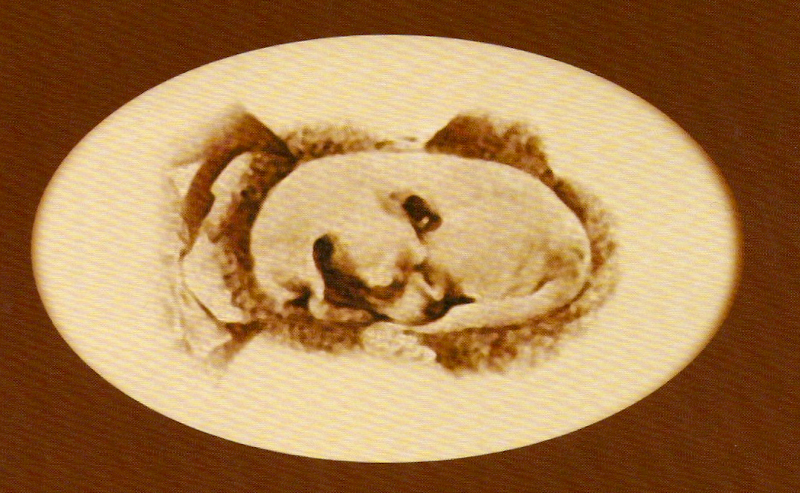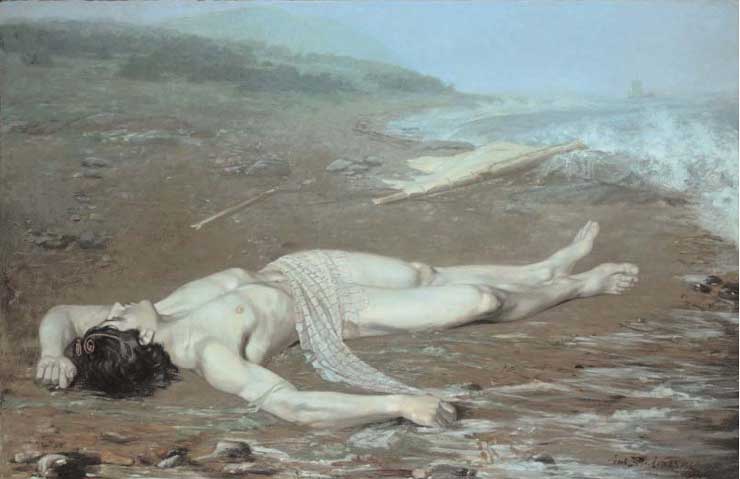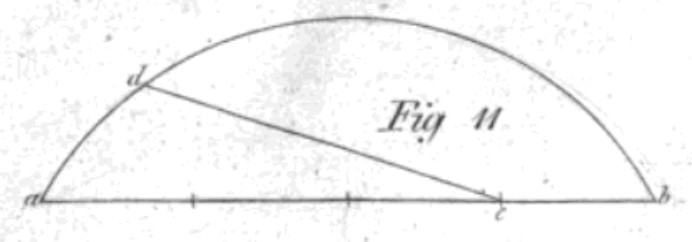
Peter Nicholson’s Carpenter’s New Guide of 1803 contains an interesting technique:
To find a right line equal to any given Arch of a Circle. Divide the chord ab into four equal parts, set one part bc on the arch from a to d, and draw dc which will be nearly equal to half the arch.
Apparently this was an item of carpentry lore in 1803. In the figure above, if arc ad = bc, then cd is approximately half of arc length ab.
Nicholson warns that this works best for relatively short arcs: “This method should not be used above a quarter of a circle, so that if you would find the circumference of a whole circle by this method, the fourth part must only be used, which will give one eighth part of the whole exceedingly near.”
But with that proviso it works pretty well — in 1981 University of Essex mathematician Ian Cook found that for arcs up to a quadrant of a circle, the results show a maximum percentage error of 0.6 percent, “which I suppose can be said to be ‘exceedingly near.'” He adds, “[I]t would be of interest to know who discovered this construction.”
(Ian Cook, “Geometry for a Carpenter in 1800,” Mathematical Gazette 65:433 [October 1981], 193-195.)
02/11/2025 UPDATE: Reader Edward White has found an earlier source, Charles Hutton’s The Compendious Measurer, published in 1786. Hutton gives two methods: The first finds the length directly, and the second is the method given in the Carpenter’s New Guide:
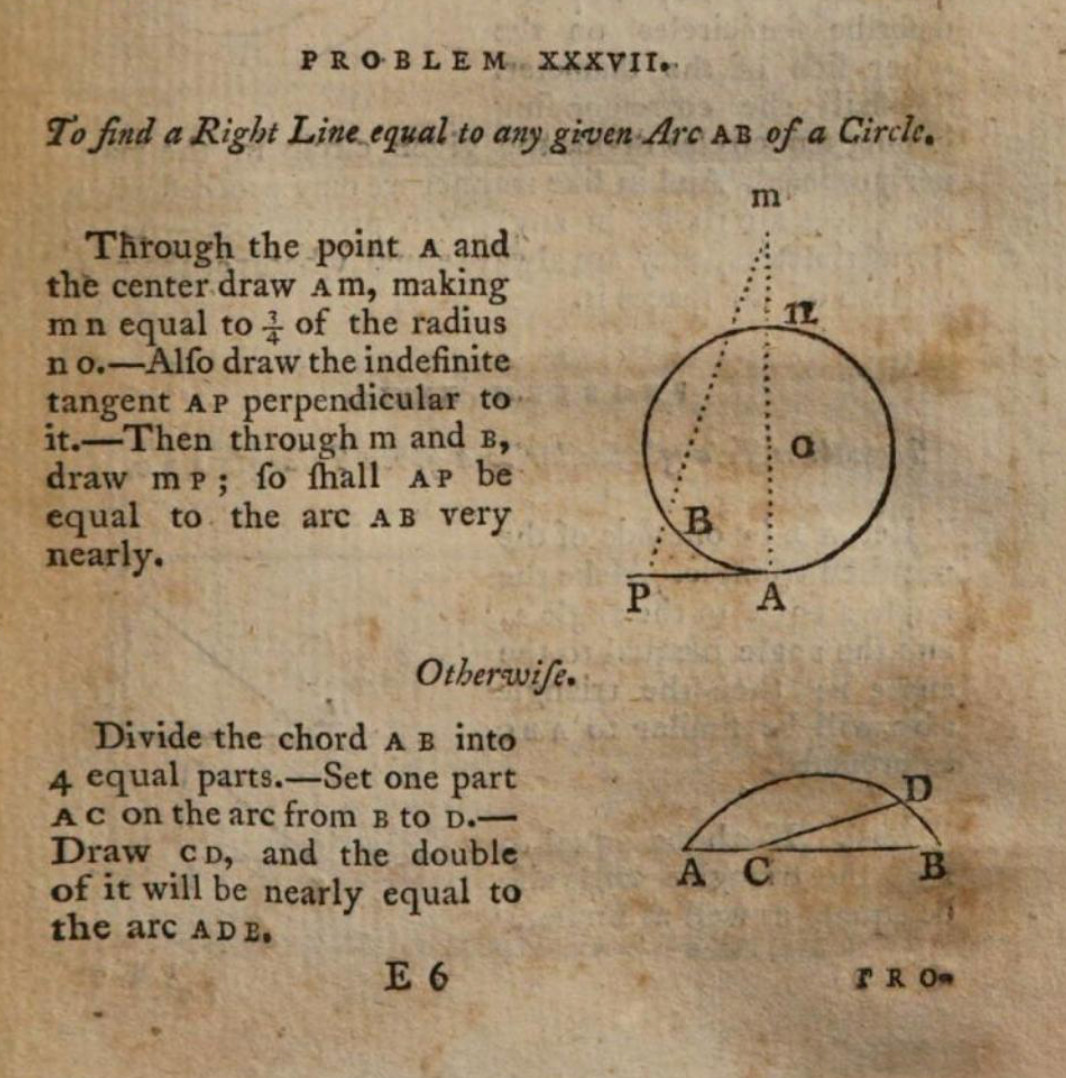
Edward discovered an alternate method of finding the length of an arc in The Carpenter’s and Joiner’s Assistant, 1869:
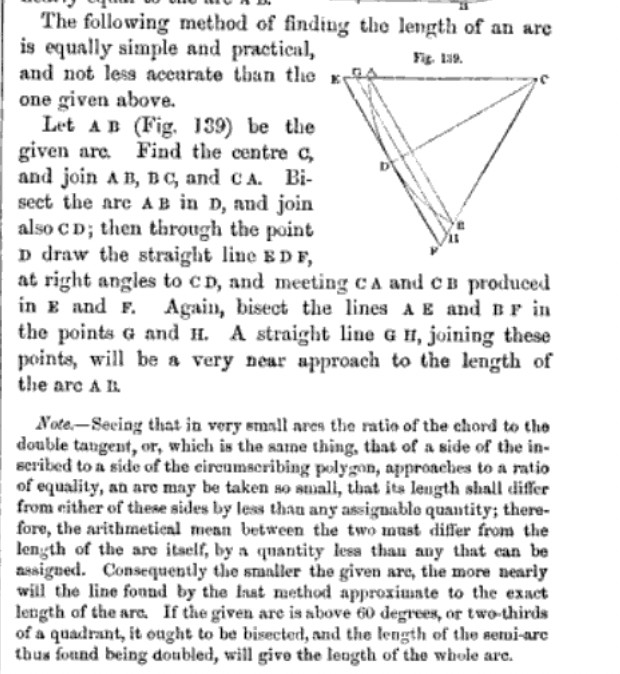
(Thanks, Edward.)

